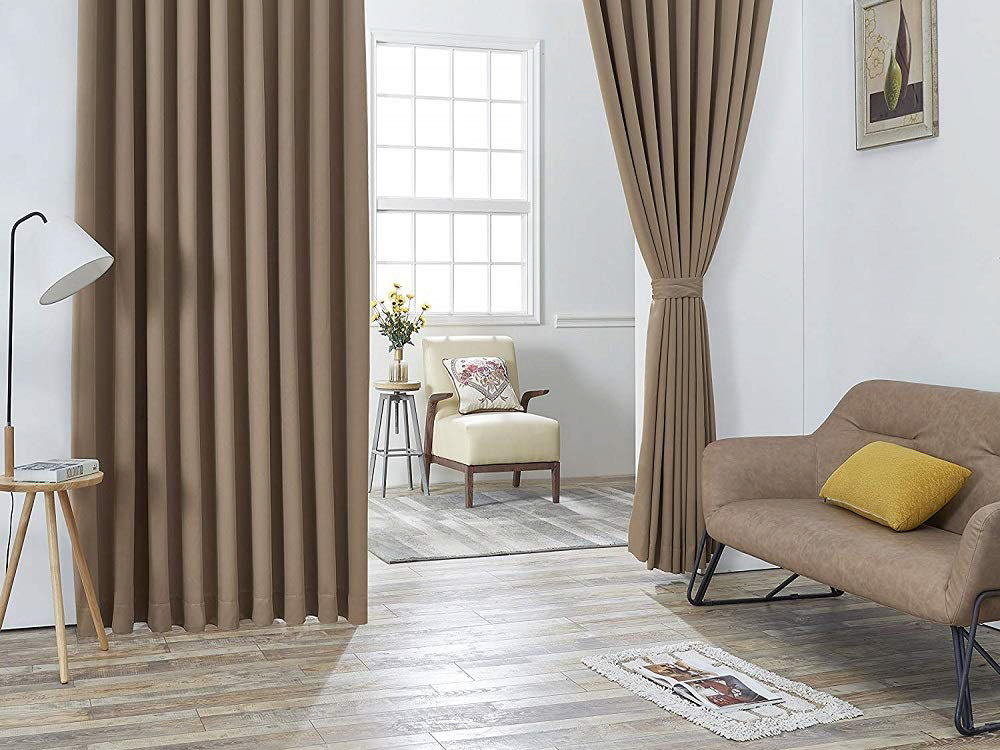Introduction
Light Japanese, also known as “hikari-japanese” in Japanese, is a popular design trend characterized by its minimalist, airy aesthetic and the use of natural light as a central design element. The style reflects the traditional Japanese notion of “wabi-sabi,” which celebrates the beauty of imperfection and simplicity, and is centered around the creation of a harmonious, serene living space that promotes tranquility and relaxation.
The Key Principles of Light Japanese
The characteristic features of Light Japanese design can be summed up in the following principles:
Simplicity and Minimalism
Light Japanese design is characterized by simplicity and minimalism, emphasizing clean lines, natural textures, and a neutral color palette. There is a focus on creating a space that is uncluttered and free of unnecessary adornment, allowing the natural beauty of the materials and elements in the room to shine through.
Light and Space
Light and space are two of the most important elements in Light Japanese design. Large windows, skylights, and open floor plans are used to create a bright and airy atmosphere that maximizes the natural light and highlights the beauty of the space. Reflective surfaces are also used to enhance the effect of natural light, and to create a feeling of spaciousness in the room.
Nature and Sustainability
Light Japanese design is heavily influenced by the natural beauty of Japan, with an emphasis on natural materials and sustainable design practices. The use of bamboo, wood, and other natural materials is common, and there is a focus on creating a seamless connection between the interior and exterior spaces to promote a greater sense of harmony with nature.
Examples of Light Japanese Design
Some of the most common elements of Light Japanese design can be seen in the following examples:
Tatami Rooms
Traditional Japanese homes often feature tatami rooms, which are characterized by their woven straw mat flooring and low, unassuming furniture. These simple rooms create a peaceful, meditative atmosphere that is conducive to relaxation and reflection.
Fusuma Sliding Screens
Fusuma screens are another traditional element of Japanese design, commonly used to partition rooms and create more adaptable spaces. These sliding screens are often adorned with simple, repeating motifs that reflect the natural world, such as waves or cherry blossoms.
Shoji Screens and Paper Lamps
Shoji screens are translucent paper screens that are used to partition spaces and filter light, adding a sense of privacy and tranquility to the room. Similar paper lamps are also a common feature of Light Japanese design, adding a soft, warm glow that evokes a sense of calm and serenity.



